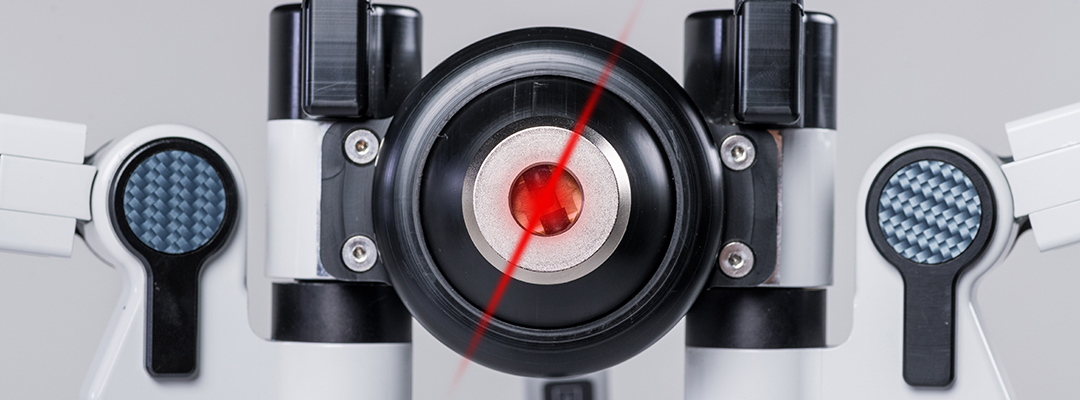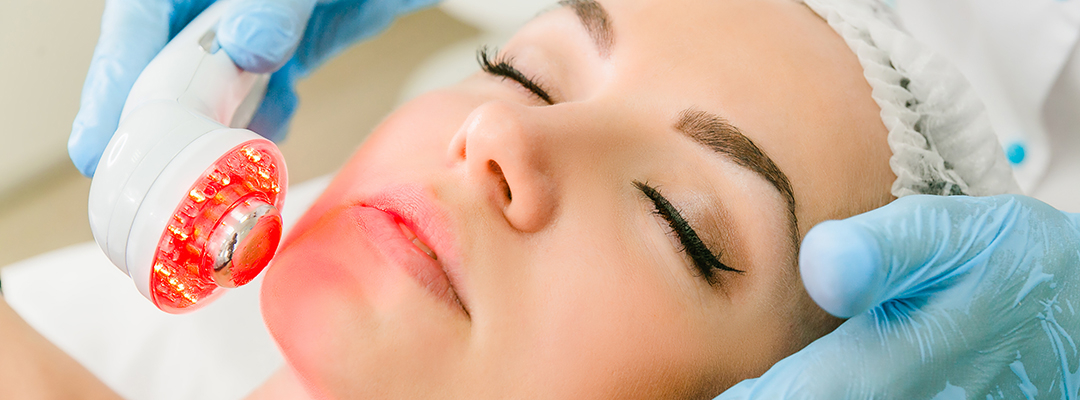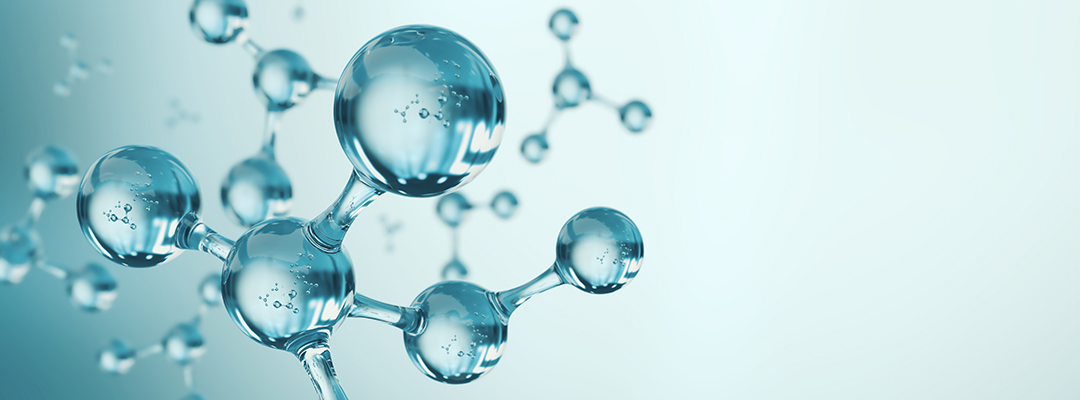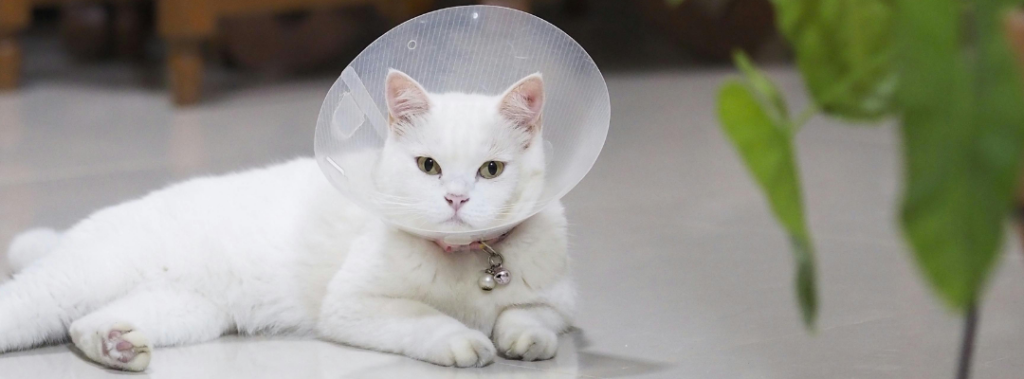
8-Minute Read
Low-level laser therapy (LLLT) has gained popularity as a treatment option for various conditions, but with that popularity comes misinformation. Many myths and misconceptions surround the use of lasers in medicine, which can lead to confusion and hesitation about trying LLLT.
Related: Not All Light is the Same in Low-Level Laser Therapy [Free eBook]
In this article, we will take a closer look at the basic concepts of photochemistry and how they apply to LLLT. By dispelling common myths and clarifying the scientific basis of LLLT, we hope to provide a better understanding of this promising therapy.
Myth 1: LLLT is the same as high-power laser therapy and can cause tissue damage.
The Truth: High-power lasers do not have medical applications due to their potential to cause tissue damage. LLLT, on the other hand, operates at much lower power and is designed to stimulate cellular processes without causing harm.
When a molecule absorbs a photon of light whose energy is equal to or greater than the energy difference between the molecule’s ground state and an excited state, a photochemical reaction can occur. This principle is the foundation of LLLT, which utilizes specific wavelengths of light to stimulate cellular processes and promote healing.
By targeting cytochrome c oxidase, an enzyme in the mitochondria of cells, LLLT increases ATP production, leading to various beneficial effects such as improved wound healing, reduced inflammation, and increased cell proliferation.

LLLT uses a specific range of wavelengths (600-1000 nanometers) that are well absorbed by cytochrome c oxidase. When this enzyme absorbs light energy, it undergoes a change that leads to an increase in the production of adenosine triphosphate (ATP), the energy currency of cells. This increase has been shown to have a range of beneficial effects on cells, including increased cell proliferation, improved wound healing, and reduced inflammation.
Related: How Cold Lasers and Low-Level Lasers Work to Relieve Pain
In short, low-level laser therapy is different from high-power laser therapy because it uses a specific range of wavelengths that are safe and effective for the cells in the body. Most importantly, LLLT causing tissue damage is a myth.
Myth 2: LLLT is not effective and has no scientific basis.
The Truth: There are many scientific studies that support the fact that LLLT has the potential to be effective in reducing chronic neck and shoulder pain, chronic low back pain, overall body nociceptive pain, and post-operative pain.
Here are three examples:
- A systematic review and meta-analysis of randomized controlled trials found that low-level laser therapy reduces pain in patients with acute and chronic neck pain, with short-term pain relief persisting up to 22 weeks after completion of treatment. Side effects from LLLT were mild and did not differ from those of a placebo.¹
- A study evaluated the effectiveness of different laser therapy methods on knee joint pain and function in patients with knee osteoarthritis, concluding that one-wave laser irradiation at a dose of 8 J per point and two-wave laser irradiation with doses of 12.4 J and 6.6 J per point significantly improved knee joint function and relieved knee pain in patients with osteoarthritis.²
- A 2006 systematic review aimed to investigate the biological and clinical short-term effects of photoradiation in acute pain from soft-tissue injury, finding that photoradiation can modulate inflammatory processes in a dose-dependent manner and can be titrated to significantly reduce acute inflammatory pain in clinical settings.³
These studies demonstrate that LLLT has scientific support for its potential effectiveness in reducing pain and improving function in various conditions.
Myth 3: LLLT is dangerous and can cause cancer.
The Truth: LLLT is safe when used properly as the range of wavelengths used (600-1000 nanometers) is within the near-infrared spectrum and is not ionizing radiation, meaning it does not have the potential to cause cancer or cellular damage.
LLLT lacks the energy required to ionize atoms or molecules. Additionally, there is no evidence to suggest that LLLT causes cancer or has any other adverse effects when used according to established safety guidelines. In fact, LLLT is often used as a therapeutic treatment for cancer patients to alleviate pain and promote healing.

It is important to note that improper use of LLLT, such as using it at high intensities or for prolonged periods of time, can lead to burns and other skin damage. Therefore, it is crucial to follow safety guidelines and receive LLLT treatments only from trained professionals.
Myth 4: LLLT is expensive and not accessible to the general public.
The Truth: While some LLLT devices can be expensive, there are more affordable options available for medical professionals to use in their offices. The cost of LLLT devices can vary depending on factors such as the power output, number of laser diodes, and features such as pulsing or continuous wave modes.
There are many affordable LLLT options available for medical professionals, such as handheld or desktop devices that cost a few thousand dollars.
Low-level lasers operate at much lower power than high-power lasers, which can make them less expensive to produce and easier to use. LLLT devices are also typically small and portable, which can further reduce their cost and increase accessibility.
Myth 5: LLLT is only useful for skin and wound healing.
The Truth: While LLLT has been shown to be effective in promoting skin and wound healing, it also has potential benefits for a range of conditions beyond those typically associated with the skin.
LLLT operates by utilizing specific wavelengths of light that can be absorbed by chromophores in the body, leading to various biological effects.
Research has shown that LLLT has potential benefits for reducing pain, possibly due to its ability to reduce inflammation and increase circulation. It has also been studied for its potential benefits in treating conditions such as osteoarthritis, carpal tunnel syndrome, and fibromyalgia.
Not All Light is the Same [Free eBook Download]
Discover the benefits of Low-Level Laser Therapy (3LT®) by Erchonia, a world leader in the field of 3LT® technology. Learn how 3LT® can help reduce the need for prescription opioids for chronic low back pain, the science behind 3LT® and the difference between visible lasers and infrared lasers.
First Law of Photochemistry
Understanding the basic principles of photochemistry, specifically the First Law, can help dispel myths surrounding red light therapy and provide a clearer understanding of its potential benefits. By harnessing the power of specific wavelengths of light, red light therapy can stimulate cellular processes and promote healing in a non-invasive, drug-free way. Despite misconceptions, low-level laser therapy (LLLT) has been shown to be safe and effective for a range of conditions beyond skin and wound healing, such as pain and inflammation. With caution and proper use, red light therapy may offer a promising treatment option for improving health and wellbeing.
So why not give LLLT a try and see how it can help you improve the health and wellbeing of your patients?
Related: Benefits of Implementing Laser Therapy in Your Practice
Sources:
- https://pubmed.ncbi.nlm.nih.gov/19913903/
- https://pubmed.ncbi.nlm.nih.gov/22764339/
- https://pubmed.ncbi.nlm.nih.gov/16706694/



